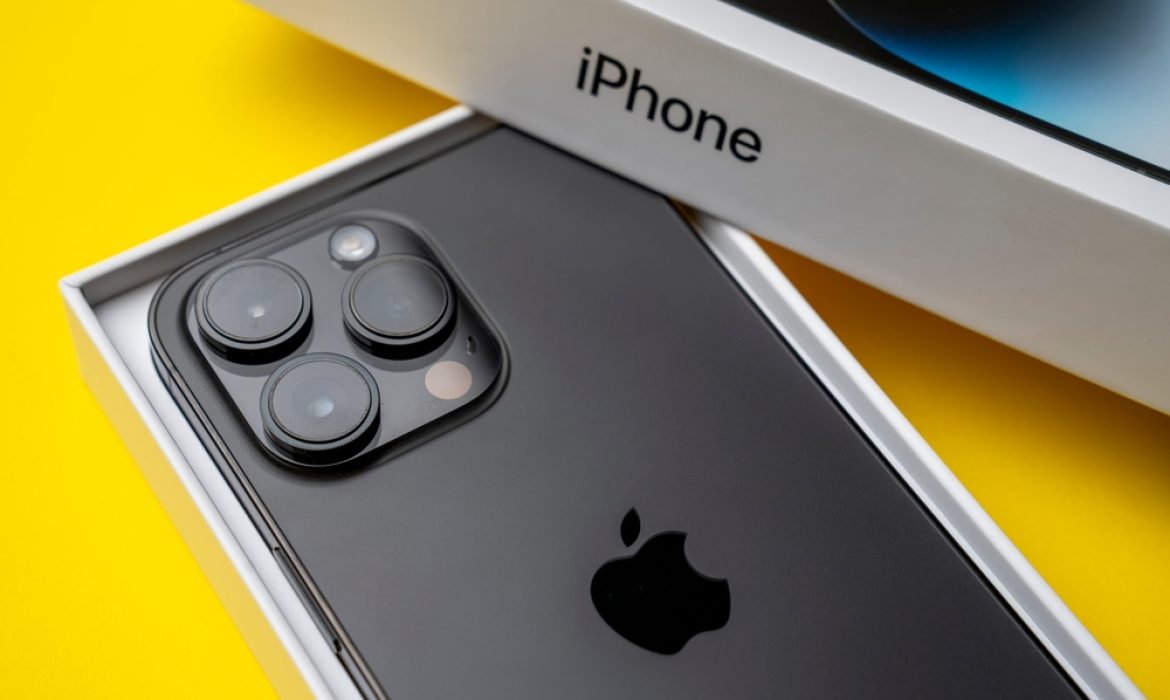As the world prepares to commemorate Global Accessibility Awareness Day, Apple unveils a comprehensive array of new features designed to enhance accessibility across its range of devices. Among these advancements, the introduction of eye-tracking support for recent models of iPhones and iPads stands out as a groundbreaking innovation, aimed at revolutionizing the way users interact with iOS and iPadOS interfaces.
The standout feature of Apple’s latest announcements is the incorporation of built-in eye-tracking functionality, utilizing the front-facing camera of compatible devices to facilitate seamless navigation without the need for additional hardware. Through a feature called Dwell Control, users can effortlessly browse through apps and menus by simply directing their gaze, with the option to linger on items to make selections. This integration of eye-tracking technology represents a significant step forward in enhancing accessibility for individuals with diverse needs.
Apple’s commitment to inclusivity extends beyond eye-tracking, with the introduction of customizable vocal shortcuts aimed at facilitating hands-free control on iPhones and iPads. Utilizing on-device AI, users can create personalized commands and utterances tailored to their preferences, further enhancing the accessibility of voice-based interactions. Additionally, features such as “Listen for Atypical Speech” demonstrate Apple’s dedication to accommodating diverse speech patterns, ensuring an inclusive experience for all users.
To develop these innovative tools, Apple collaborated with the Speech Accessibility Project at the Beckman Institute for Advanced Science and Technology at the University of Illinois Urbana-Champaign, underscoring the company’s commitment to advancing accessibility in partnership with leading research institutions.
Beyond eye-tracking and vocal shortcuts, Apple is introducing a range of accessibility enhancements across its ecosystem, including haptics in Apple Music for users who are deaf or hard of hearing, and updates to CarPlay aimed at improving accessibility for drivers with disabilities. These updates reflect Apple’s ongoing efforts to make its products more inclusive and accessible to all users.
While specific release dates for these features are yet to be announced, users can expect them to be integrated into upcoming versions of iOS, with further details likely to be unveiled at the upcoming Worldwide Developers Conference (WWDC).
For more information, visit the source.


